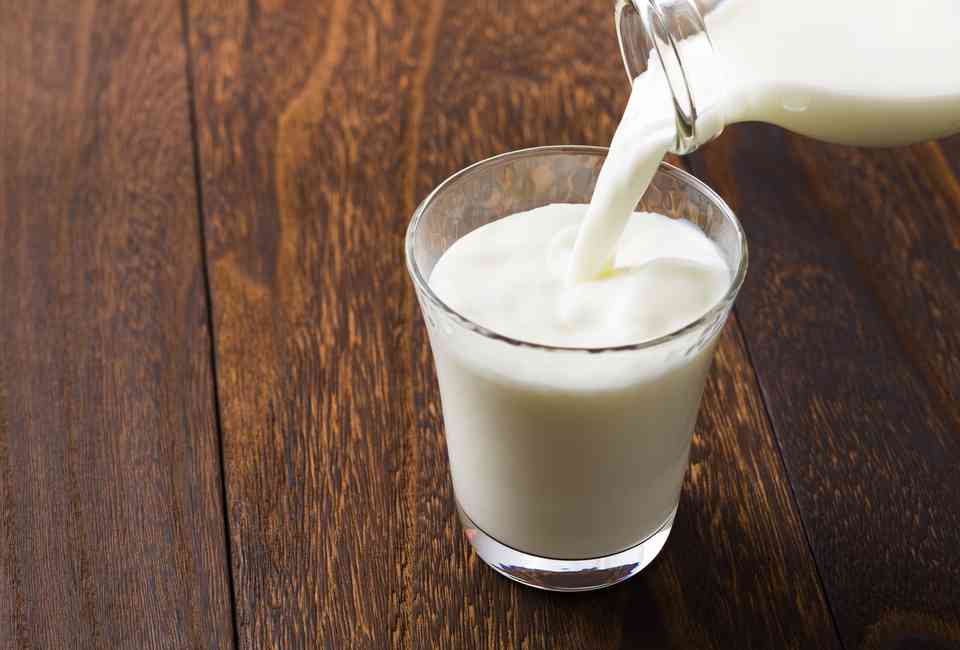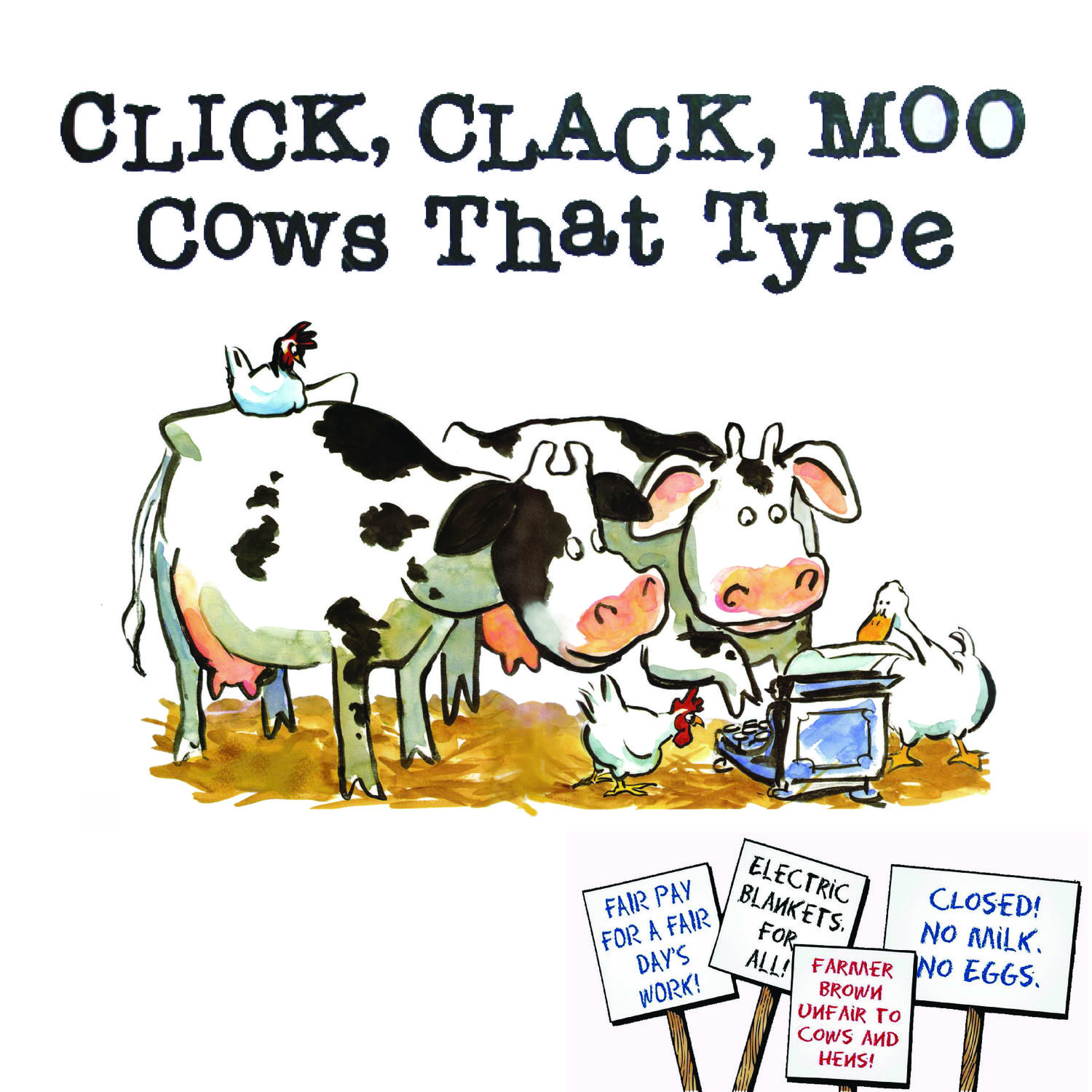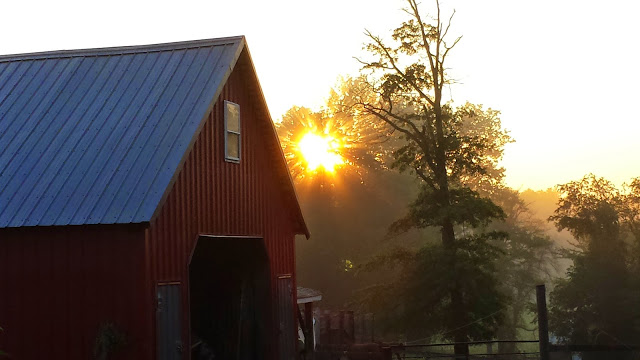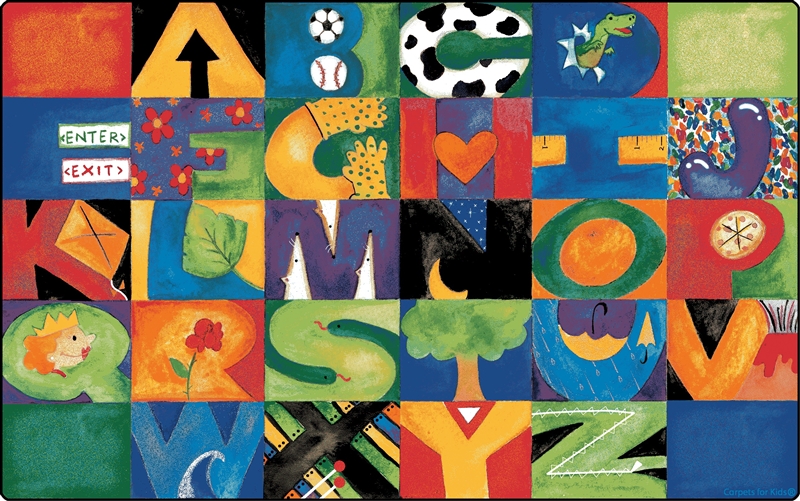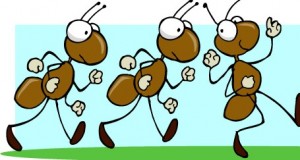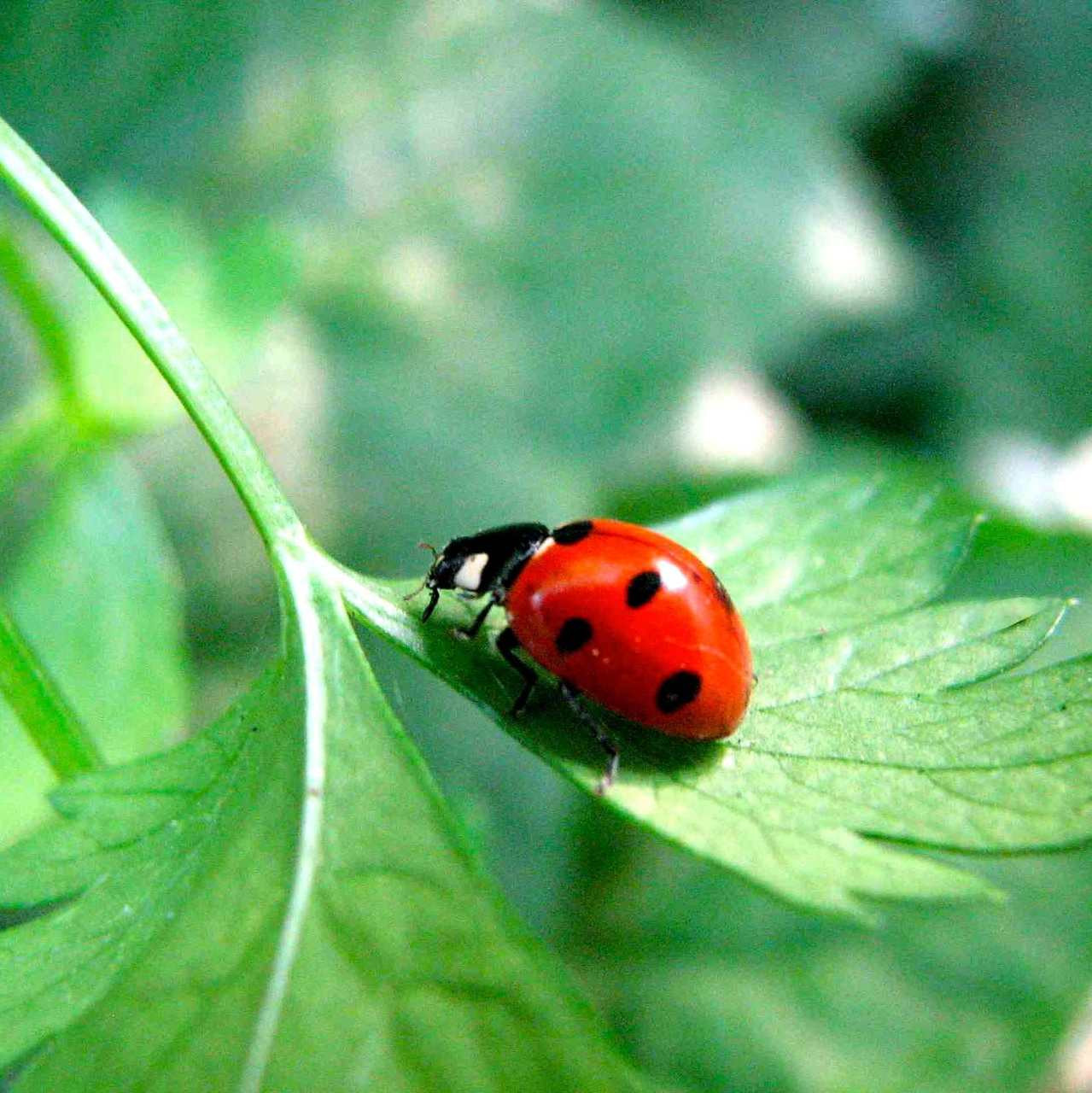I hope that today finds you and your family all well!

I just want to say that I understand that all this hasn't been easy for you staying at home all day with your entire family. Being all things to everyone is tiring.
As I've said many times in the past, I truly think that a key component to maintaining your sanity will be to maintain a schedule. If you haven't done so already, you are free to use the routine cards that are on our website.
Here is a good article of suggestions of what to include in your day. A Schedule to Help Your Child Thrive
Most of all, be easy on yourself!
Link to Preschool Private Page CLICK HERE
EVERYONE
 Mud Pie, anyone?
Mud Pie, anyone?When you listen to today's book, you'll know why I'm encouraging your child to play in the mud.
If you can't do this outside, which I highly recommend, you can use a plastic container to play inside.
Aside from dirt and water, you can gather cups, toy cars, dinosaurs, spoons, forks, sticks, leaves, whatever else strikes your fancy.
Let you child have at it. Let them experiment with adding water, what they choose to put in, the clean up. It's a great quiet-time activity that will keep them busy!
2s: Little Blue Truck
 1. Story Time
1. Story TimeLittle Blue Truck by Alice Schertle is a sweet story about helping others. Watch this book reading with your child: Little Blue Truck
2. Sorting by Size
Sorting skills help build the foundations for more complex problem solving. It teaches your preschooler similarities and differences, categorizing, and develops early literacy and numeracy skills.
You can use items you have on hand like measuring cups and spoons, glasses or cups, plates, your family's shoes, Legos, etc.
You can print the Little Blue Truck Size Sorting page from our website. Cut out the picture squares for your child.
There are five different objects in three sizes. You can have your child sort by object and then by size or sort all of the similar sized objects together. Give them different tasks - biggest to smallest, smallest to largest, all the largest together, etc.
 3s: Little Blue Truck and Sheep
3s: Little Blue Truck and Sheep
1. Story TimeLittle Blue Truck by Alice Schertle is a sweet story about helping others. Watch this book reading with your child: Little Blue Truck
2. Animal or Not an Animal
Sorting skills help build the foundations for more complex problem solving. It teaches your preschooler similarities and differences, categorizing, and develops early literacy and numeracy skills.
Print the Little Blue Truck Sorting page. This page has sixteen objects on it. Eight are animals from the story and eight are not animals, but objects from the story.
Have your child cut out the squares. Look at each item and help them decide if it is an animal or not. Show them which side of the sheet is for animals and which is for other things.
 3. Sheep
3. SheepOne of the animals that helps Little Blue Truck in the story is a sheep. We're going to make our own sheep.
Did you know that sheep with pink skin produce white wool, and darker wool comes from black/white or brown/white piebald sheep. Piebald is mottled colors.
We're going to make a sheep with white 'wool'. So what color will its body be? Pink!
From your bag, you'll need the two pink circles, the sheet of page reinforcers, the sticker eyes, and the black rectangle.
Use the black rectangle to cut legs for the sheep. How many legs does a sheep have?
Take the larger of the pink circles and glue the legs onto your sheep body. Turn it over.
Carefully peel the little white circle stickers from your sheet and put them on the large pink circle. This will be your sheep's 'wool'.
Once you've used all the white circles, get the small pink circle that we're going to use for a face.
Put the sticker eyes on your sheep face and draw a nose and mouth. Now glue the head to your sheep's body.
Well done!
 4. Pre-writing Practice
4. Pre-writing PracticeFrom our website, print out the Little Blue Truck Writing practice sheet.
Point out to your child the pictures on the left of the page, where we always start writing - left to right. There is a line connecting it to a picture on the right.
Using a crayon, pencil or marker, have your child trace the dotted lines, left to right, top to bottom.
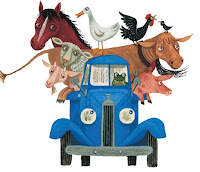 4s: Little Blue Truck and the Letter Z
4s: Little Blue Truck and the Letter Z
1. Story Time
Little Blue Truck by Alice Schertle is a sweet story about helping others. Watch this book reading with your child: Little Blue Truck
2. Think of a time when you helped someone.
Did you help a friend at school get their coat or build something? Did you help a sibling set the table for dinner? Did you help the mail carrier put the mail in the mailbox?
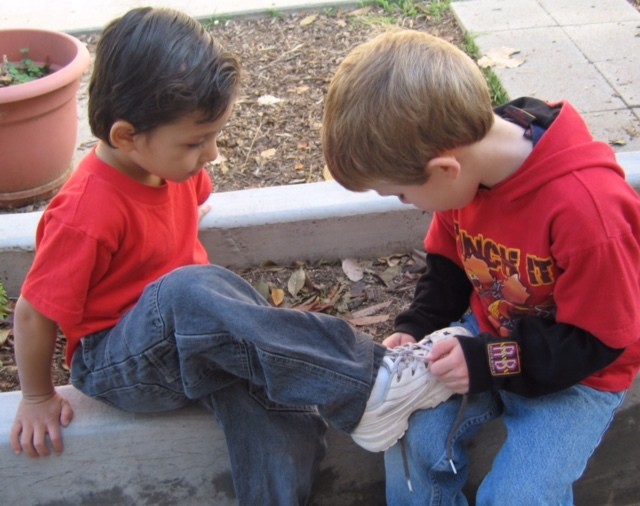 I know that our 4s are very kind. It should be easy for you to think of a time you were helpful.
I know that our 4s are very kind. It should be easy for you to think of a time you were helpful.
Draw a picture of the time you're thinking of and share it with your family. Encourage them to think of ways that they've been helpful too.
3. Fill It, Poke It, Print It
Let's practice the letter of the week some more.
From our website, print out the Fill It, Poke It, Print It page.
You can fill the letter at the top of the page with anything you like. Stickers, your fingerprint, make a colored pattern or simply color it in.
On the lower left, do some writing practice. On the lower right, you'll need a toothpick or something similar to poke holes to create a letter Z.
4. Barnyard Alphabet
 From our website, print out the Barn Alphabet Upper- and Lowercase sets.
From our website, print out the Barn Alphabet Upper- and Lowercase sets.
Cut them out or have your child cut them apart.
Separate the uppercase from the lowercase. Shuffle each of the sets.
Spread them out into two piles. Have your child draw a card from the uppercase pile and find its lowercase mate.
Have them complete the alphabet.
Tomorrow is Z Show & Tell! Start thinking...
Little Blue Truck by Alice Schertle is a sweet story about helping others. Watch this book reading with your child: Little Blue Truck
2. Think of a time when you helped someone.
Did you help a friend at school get their coat or build something? Did you help a sibling set the table for dinner? Did you help the mail carrier put the mail in the mailbox?
 I know that our 4s are very kind. It should be easy for you to think of a time you were helpful.
I know that our 4s are very kind. It should be easy for you to think of a time you were helpful.Draw a picture of the time you're thinking of and share it with your family. Encourage them to think of ways that they've been helpful too.
3. Fill It, Poke It, Print It
Let's practice the letter of the week some more.
From our website, print out the Fill It, Poke It, Print It page.
You can fill the letter at the top of the page with anything you like. Stickers, your fingerprint, make a colored pattern or simply color it in.
On the lower left, do some writing practice. On the lower right, you'll need a toothpick or something similar to poke holes to create a letter Z.
4. Barnyard Alphabet
 From our website, print out the Barn Alphabet Upper- and Lowercase sets.
From our website, print out the Barn Alphabet Upper- and Lowercase sets.Cut them out or have your child cut them apart.
Separate the uppercase from the lowercase. Shuffle each of the sets.
Spread them out into two piles. Have your child draw a card from the uppercase pile and find its lowercase mate.
Have them complete the alphabet.
Tomorrow is Z Show & Tell! Start thinking...




